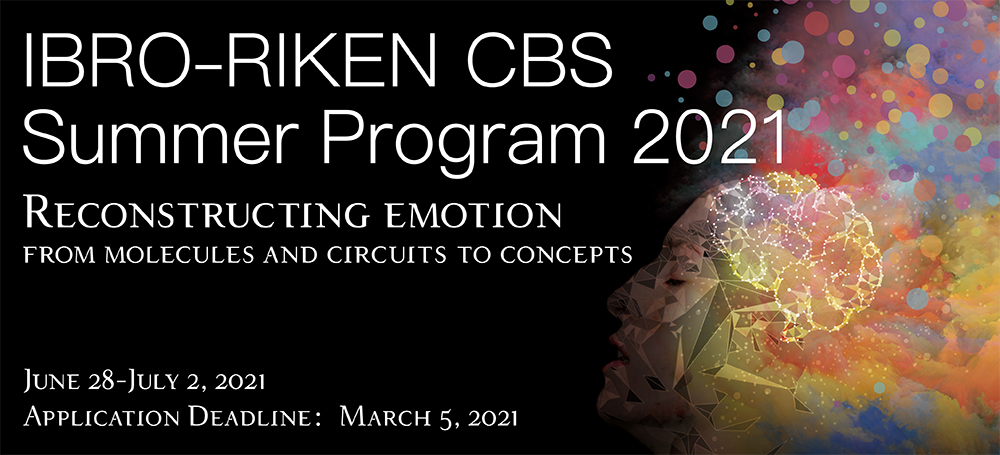

[L13] Themes and variations: circuit mechanisms of mating behavior in Drosophila
Lecturer
Date/Time
July 2, 2021 9:00am-10:20am
Abstract
Animals exhibit extraordinary variation in their behavior, yet little is known about the neural mechanisms that generate this diversity.
My lab has been taking advantage of the rapid diversification of male courtship behaviors in Drosophila to gain insight into how evolution shapes the nervous system to generate species-specific behaviors.
By translating neurogenetic tools from D. melanogaster to closely related Drosophila species, we have begun to directly compare the homologous neural circuits and pinpoint sites of adaptive change.
Across species, P1 interneurons serve as a conserved and key node in regulating male courtship: these neurons are selectively activated by the sensory cues carried by an appropriate mate and their activation triggers enduring courtship displays. We have been examining how different sensory pathways converge onto P1 neurons to regulate a male’s state of arousal, honing his pursuit of a prospective partner. Moreover, by performing cross-species comparison of these circuits, we have begun to gain insight into how reweighting of sensory inputs to P1 neurons underlies species-specific mate recognition. Our results suggest how variation at flexible nodes within the nervous system can serve as a substrate for behavioral evolution, shedding light on the types of changes that are possible and preferable within brain circuits.
References
- Hindmarsh-Sten, T., Li, R., Otopalik, A. and V. Ruta, An arousal-gated visual circuit controls pursuit during Drosophila courtship, bioRxiv: doi.org/10.1101/2020.08.31.275883 (2020).
- Seeholzer, L., Seppo, M., Stern, D., and V. Ruta, Evolution of a central neural circuit underlies Drosophila mate preferences, Nature 559:564-569 (2018).



